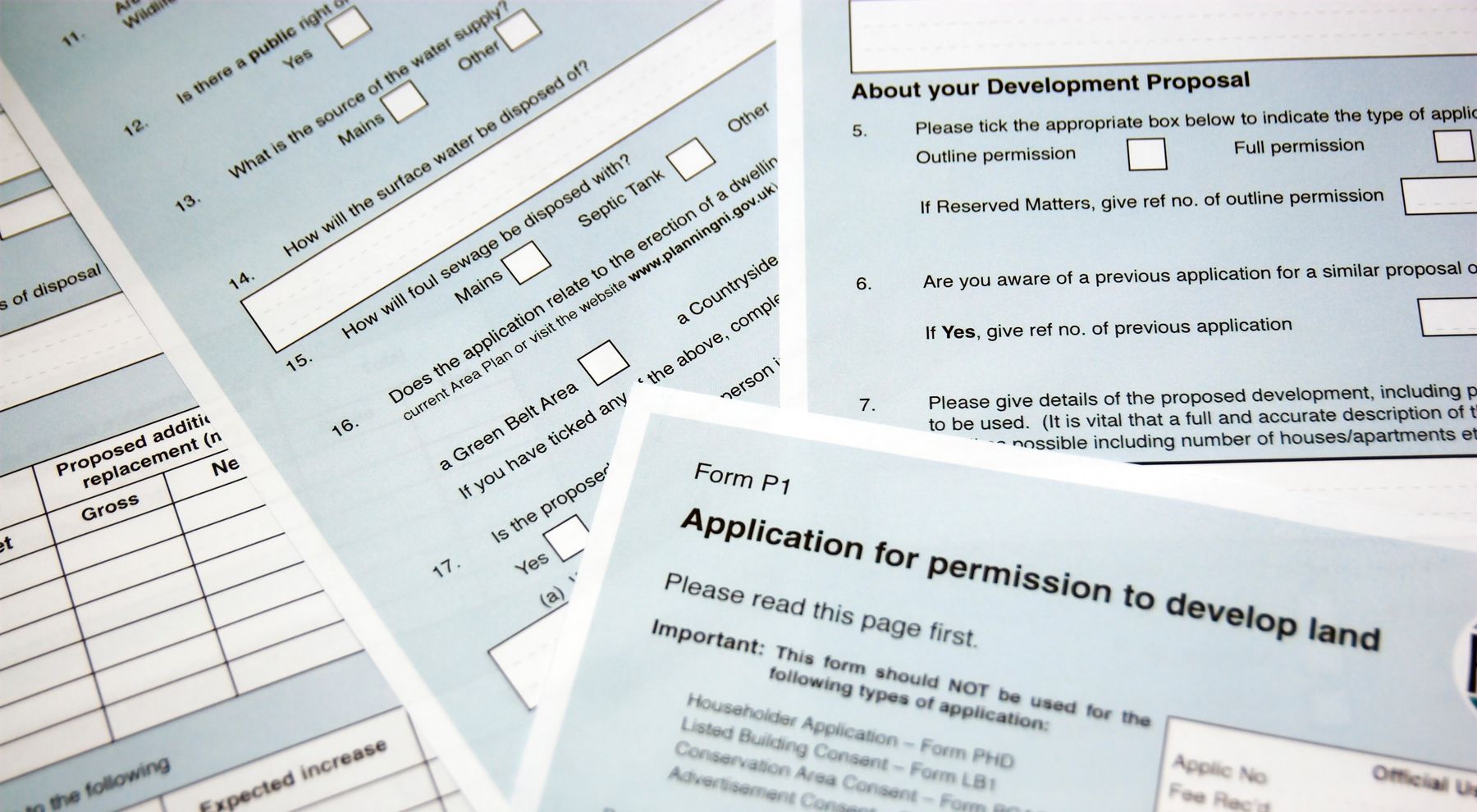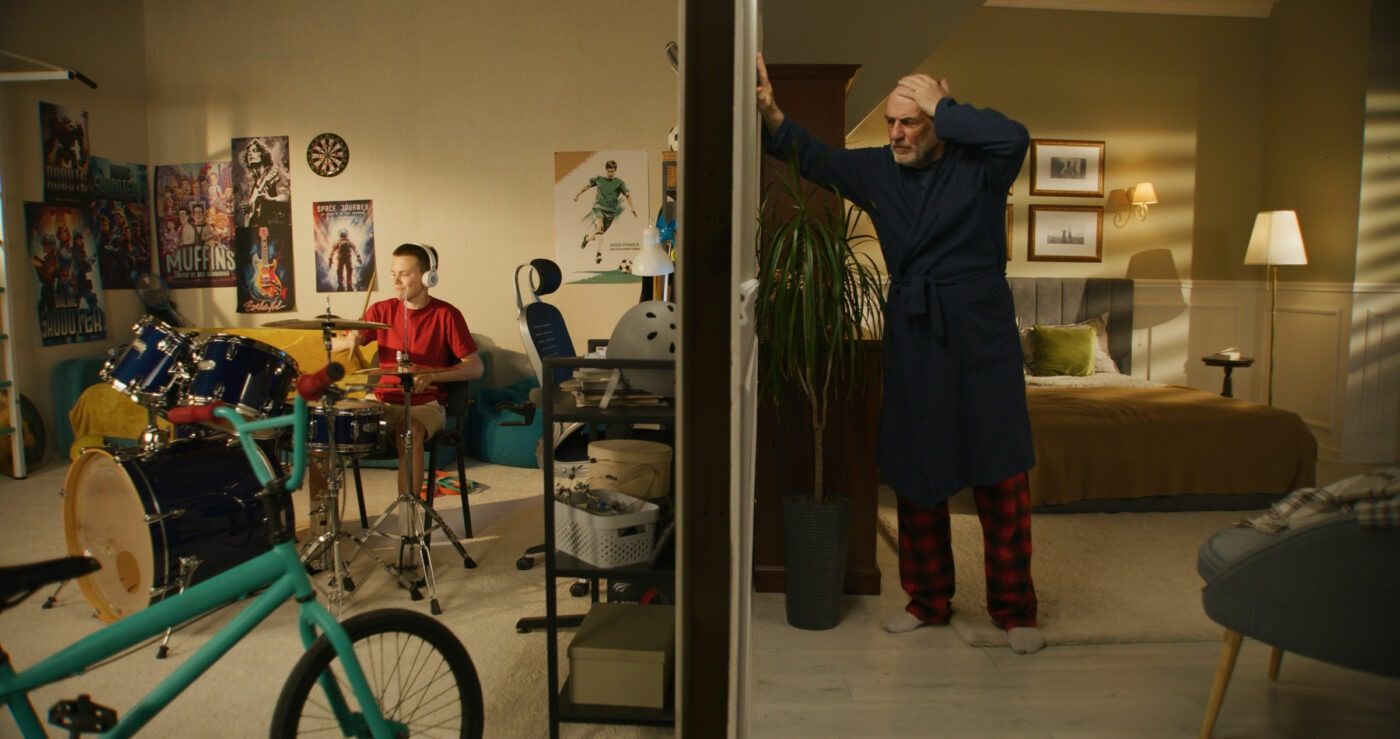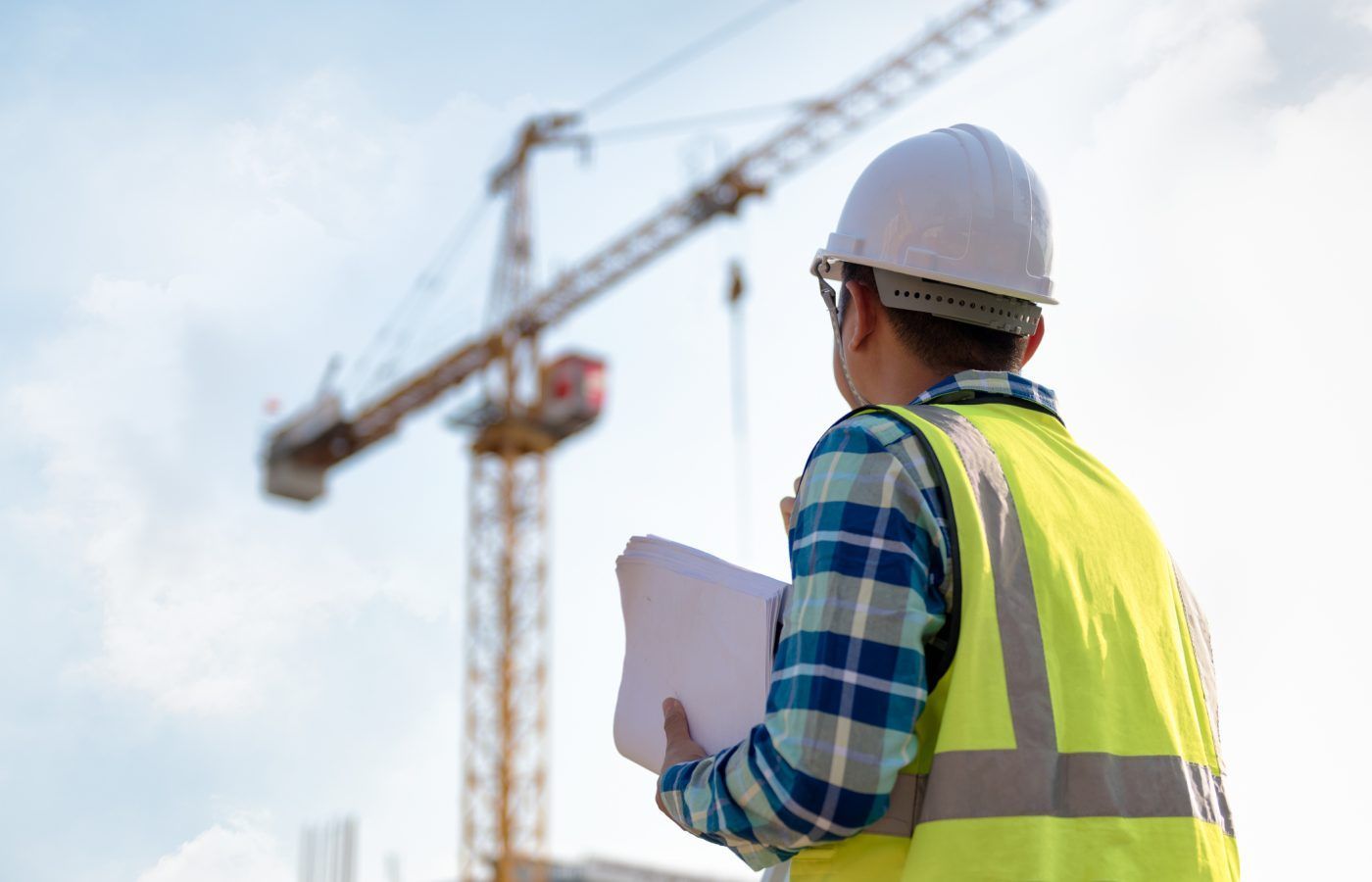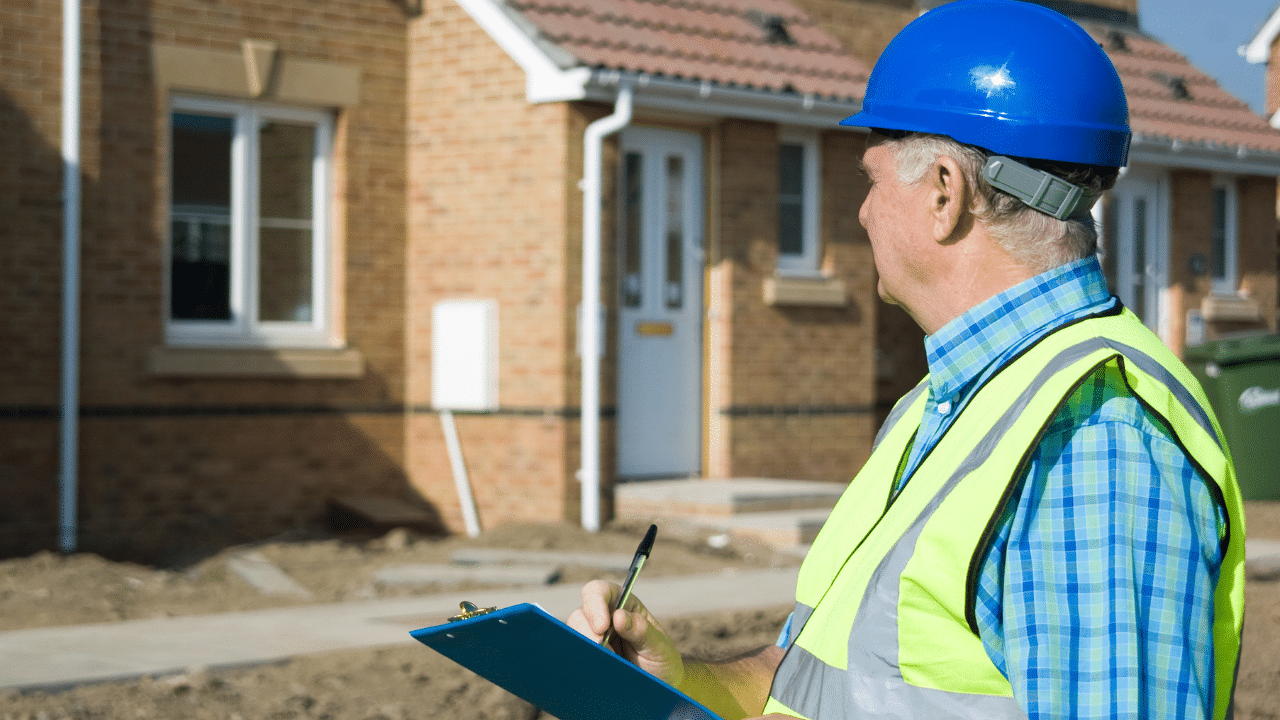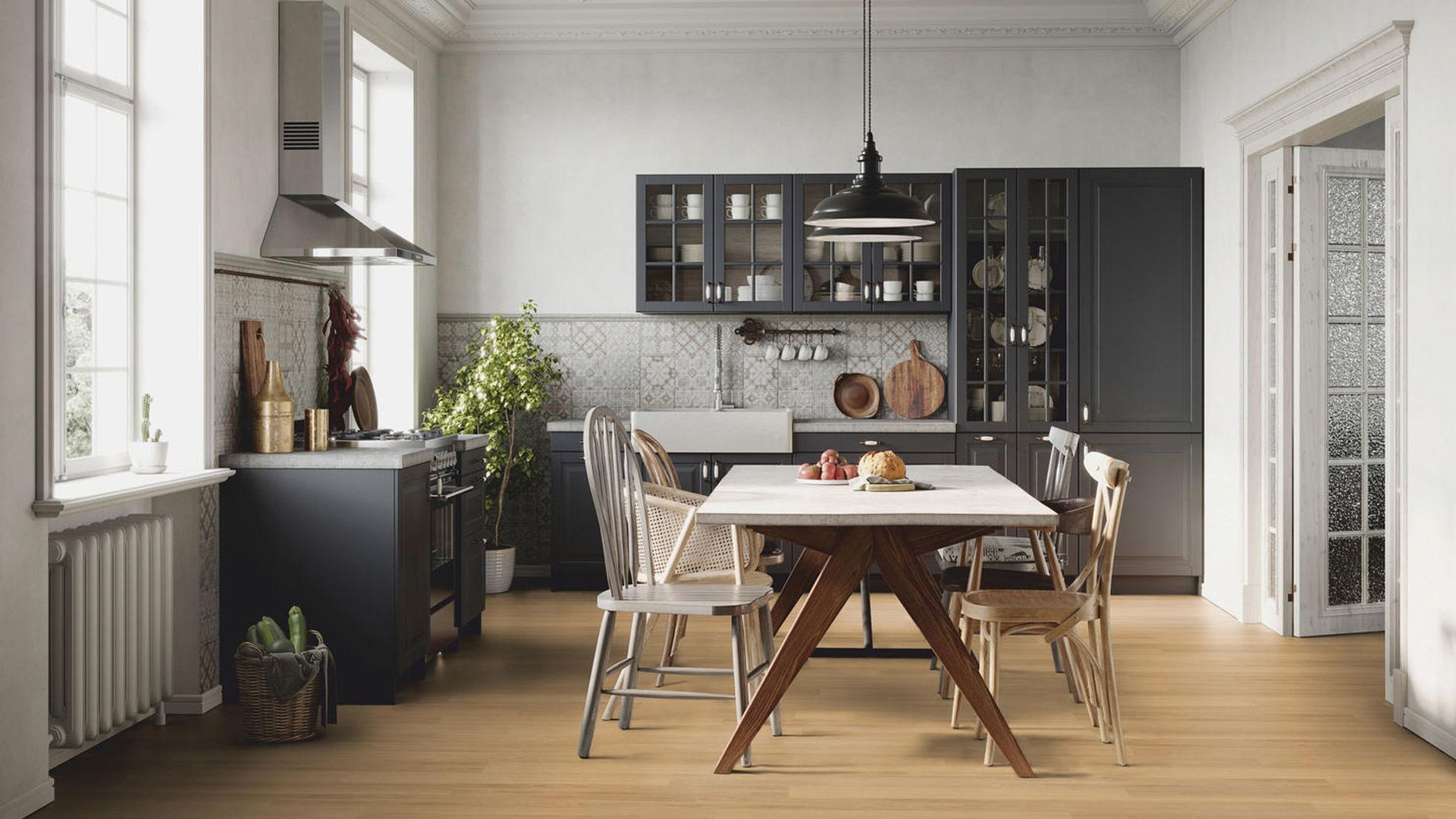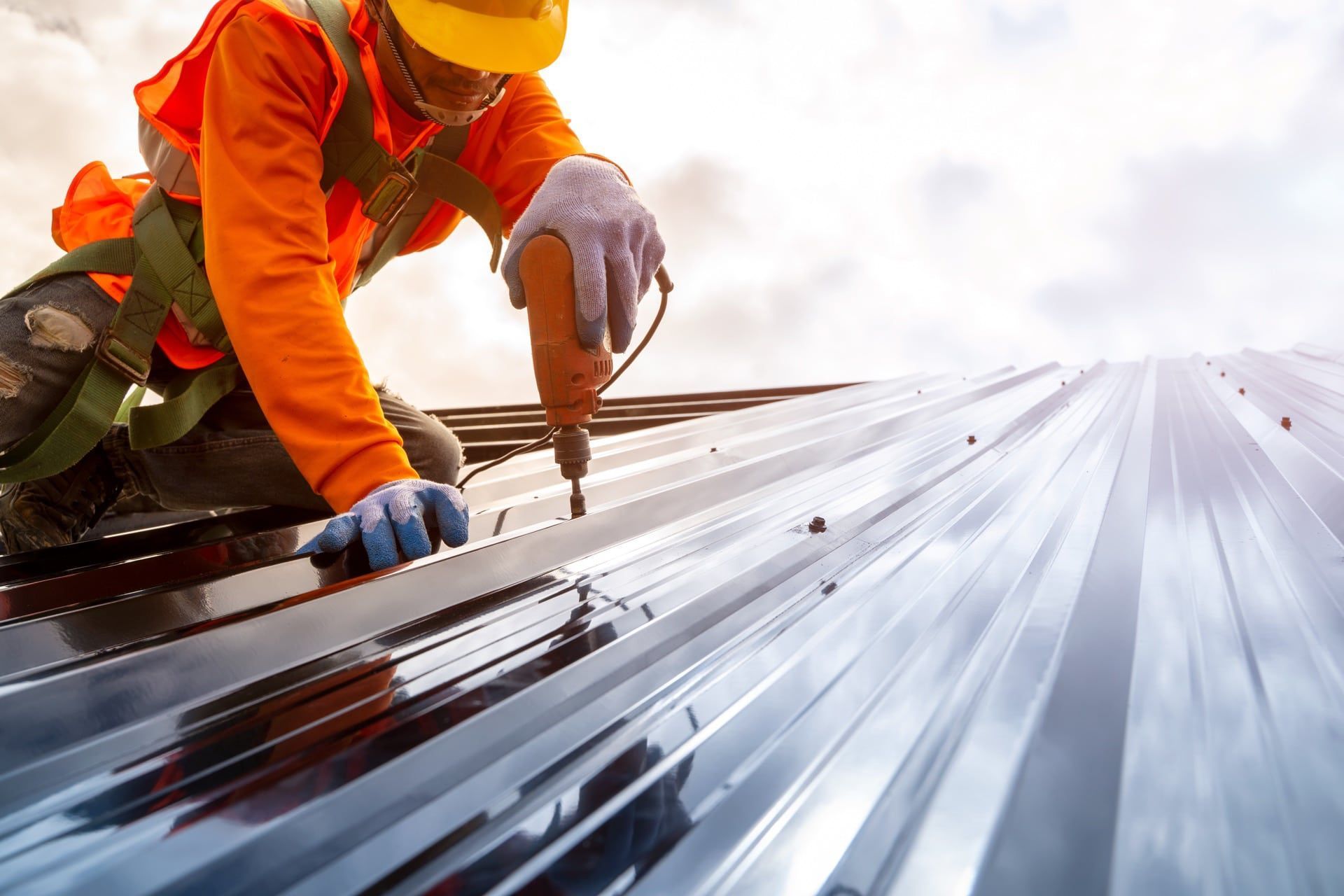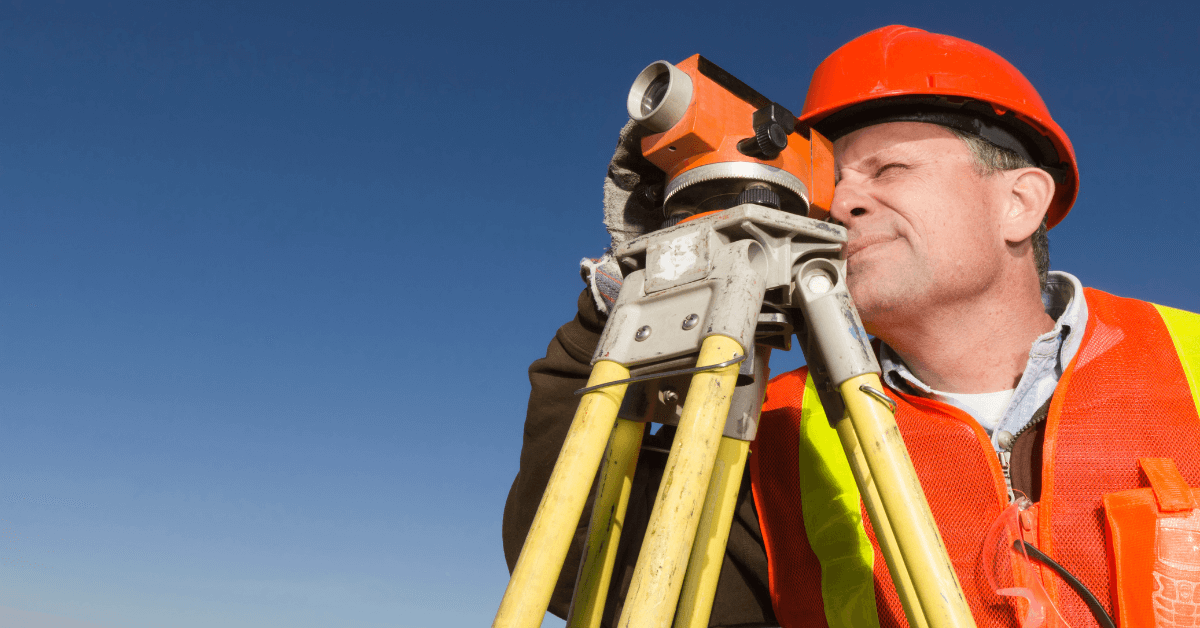What You Need to Know About Unsupported Chimney Stacks

If you’re looking to buy an older property, it’s likely that it will boast at least one fireplace and chimney. It’s also possible that the house will have undergone various structural changes or renovations over the years. One such change could be the removal of a chimney stack, which is often done to create more useable floor space in a room.
It’s a good idea to get a building survey carried out on the property you’re hoping to buy, especially in cases where a chimney breast or stack has been removed. The survey will be able to determine whether the structural support put in place of the chimney stack is adequate and whether there’s any risk of an unsupported chimney stack causing harm or damage.
This blog from Simon Levy Associates tells you what you need to know about buying a property that may have unsupported chimney stacks.
A brief history
Victorian properties were constructed at a time when there was no gas central heating available, meaning houses had to be heated through a network of fireplaces located throughout the property. Since the introduction of gas central heating, fireplaces have become mostly redundant, though many properties retain the use of at least one ground floor fireplace that has been adapted for gas heating.
As many fireplaces became redundant, homeowners increasingly decided to make use of the space taken up by the fireplaces located on upper floors. Many older properties have therefore had their fireplaces removed which can result in an unsupported chimney stack if the rest of the fireplace or chimney network is left untouched.
The dangers of an unsupported chimney stack
If a section of the chimney stack has been removed, the chimney stack still remains intact on higher floors or within the roof space, though it is now not being supported from beneath. The main danger that this poses is that several tonnes of masonry could collapse, potentially injuring occupants below or possibly even causing fatalities.
Of course, even if all residents remain safe and well, there will be significant damage to the property and they will likely need to relocate temporarily and fork out a large sum of money for repairs.
Providing the right structural support
If a property does have an unsupported chimney stack, it’s advisable to implement one of two options. Either the chimney breast in the roof space must be removed, or it must be provided with additional structural support to make up for the removed chimney breast on the lower floor.
This structural work will usually involve the addition of what is known as a gallows bracket, which is essentially two metal angle supports that are fixed to the brickwork, often with a concrete lintel spanning between them. The lintel holds the roof space’s chimney breast in position.
Checking that your prospective property’s chimney stacks are properly supported is a vital part of any professional building survey. In this case, enlisting the help of a building surveyor could be the difference between life and death.
For chimney stack inspections and a range of other building survey services in Borehamwood, Barnet and Watford, choose
Simon Levy Associates. With well over 30 years of experience,
our team of chartered building surveyors are qualified to undertake a comprehensive examination of your potential new home using specialist surveying equipment.
Contact us for more information about our services or to book your professional building survey today.
